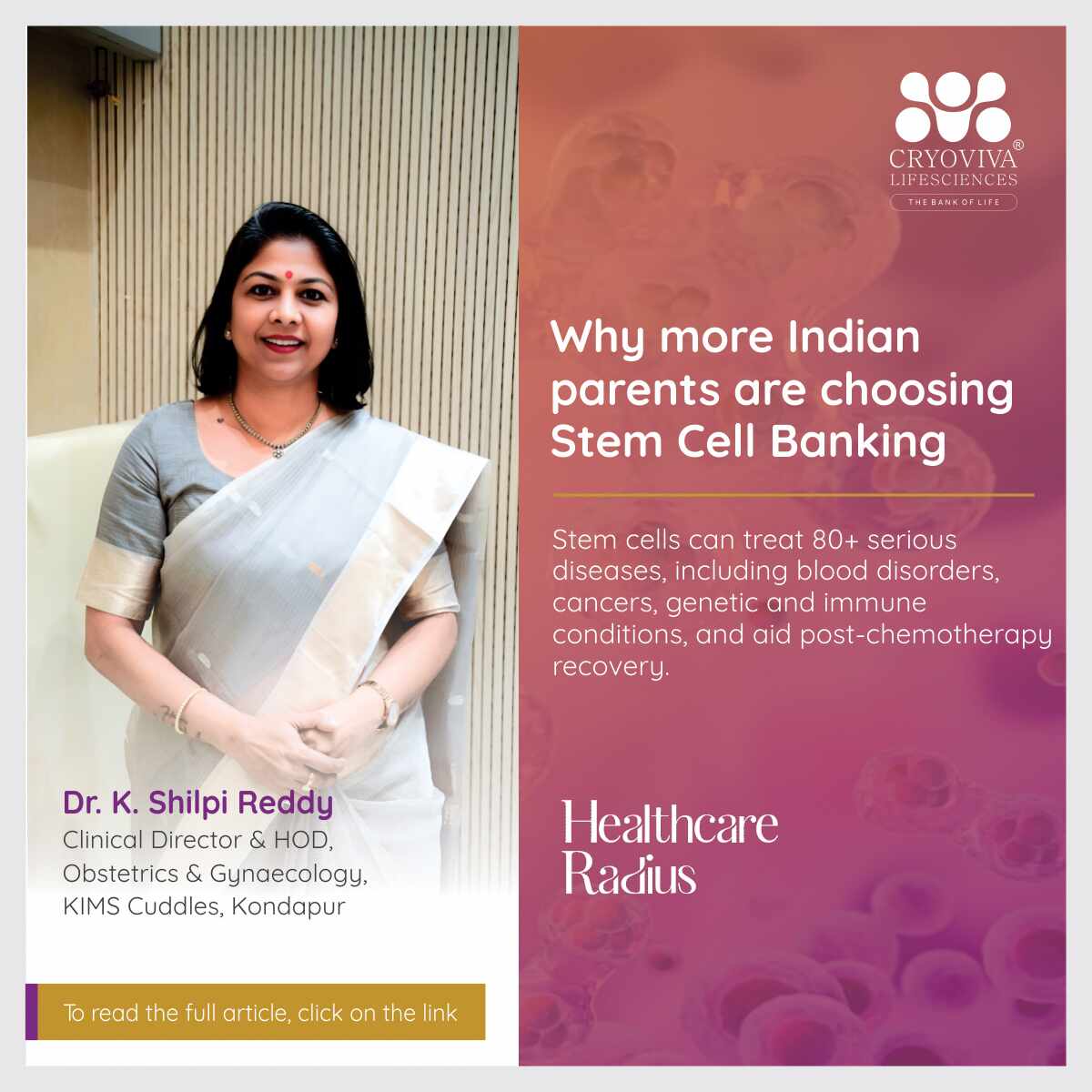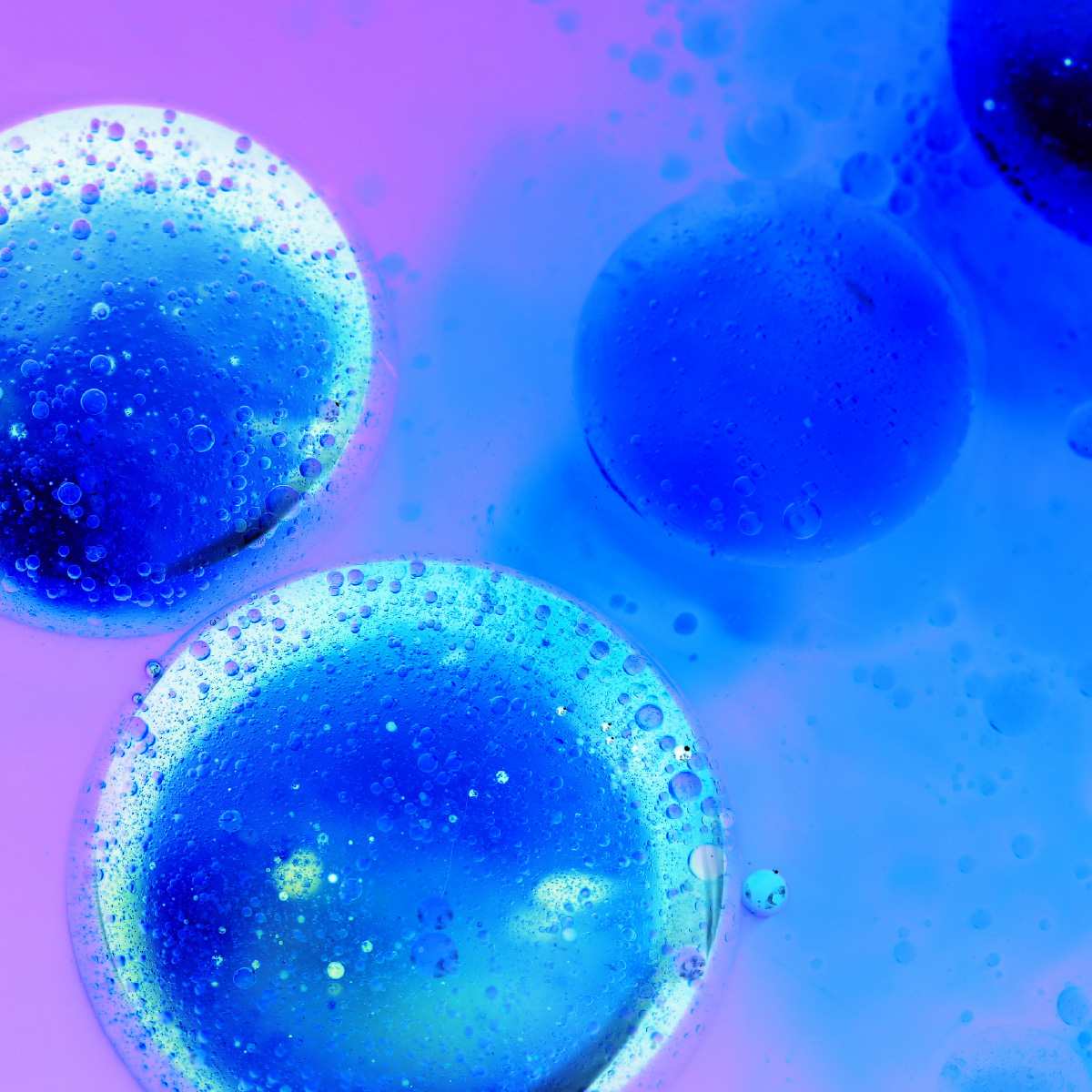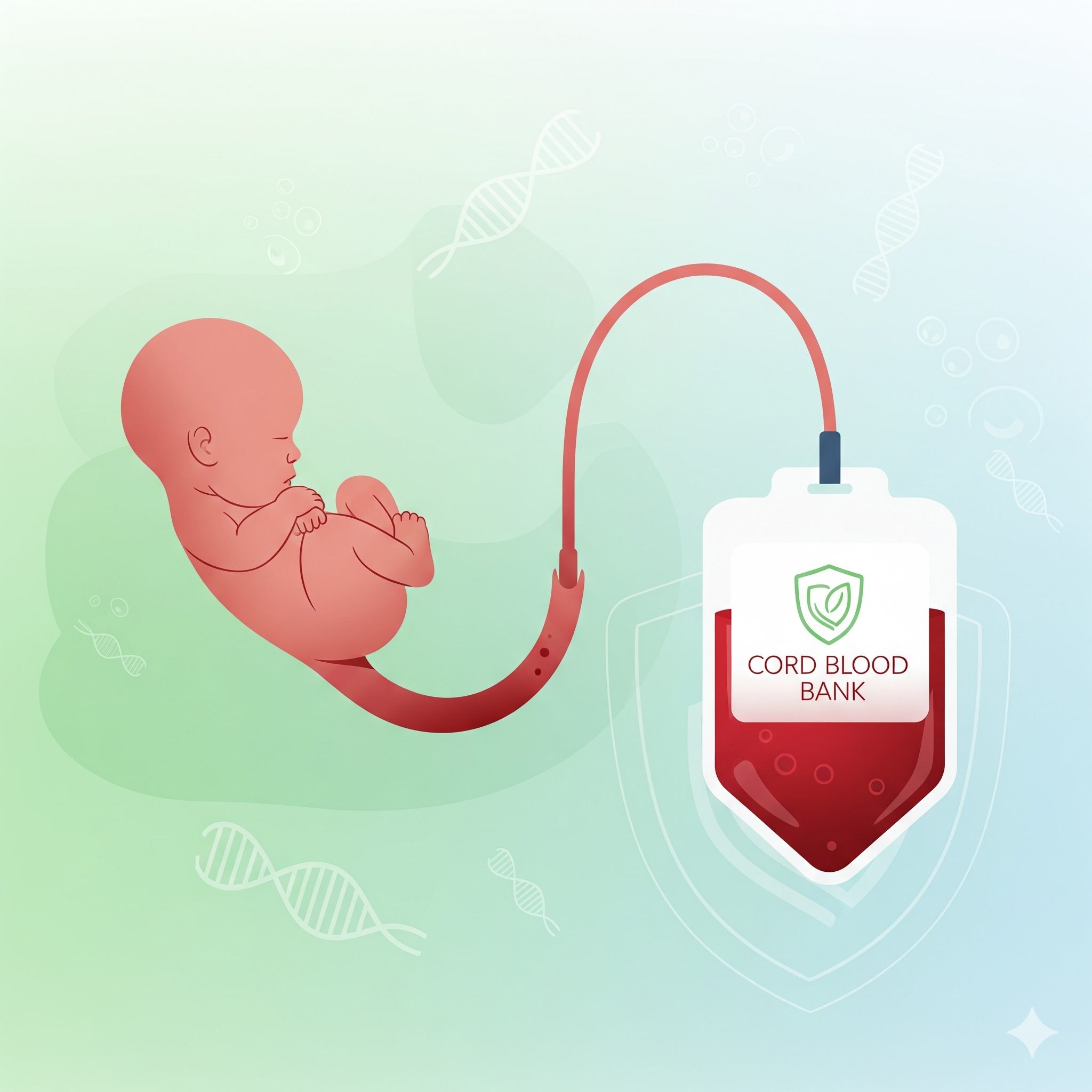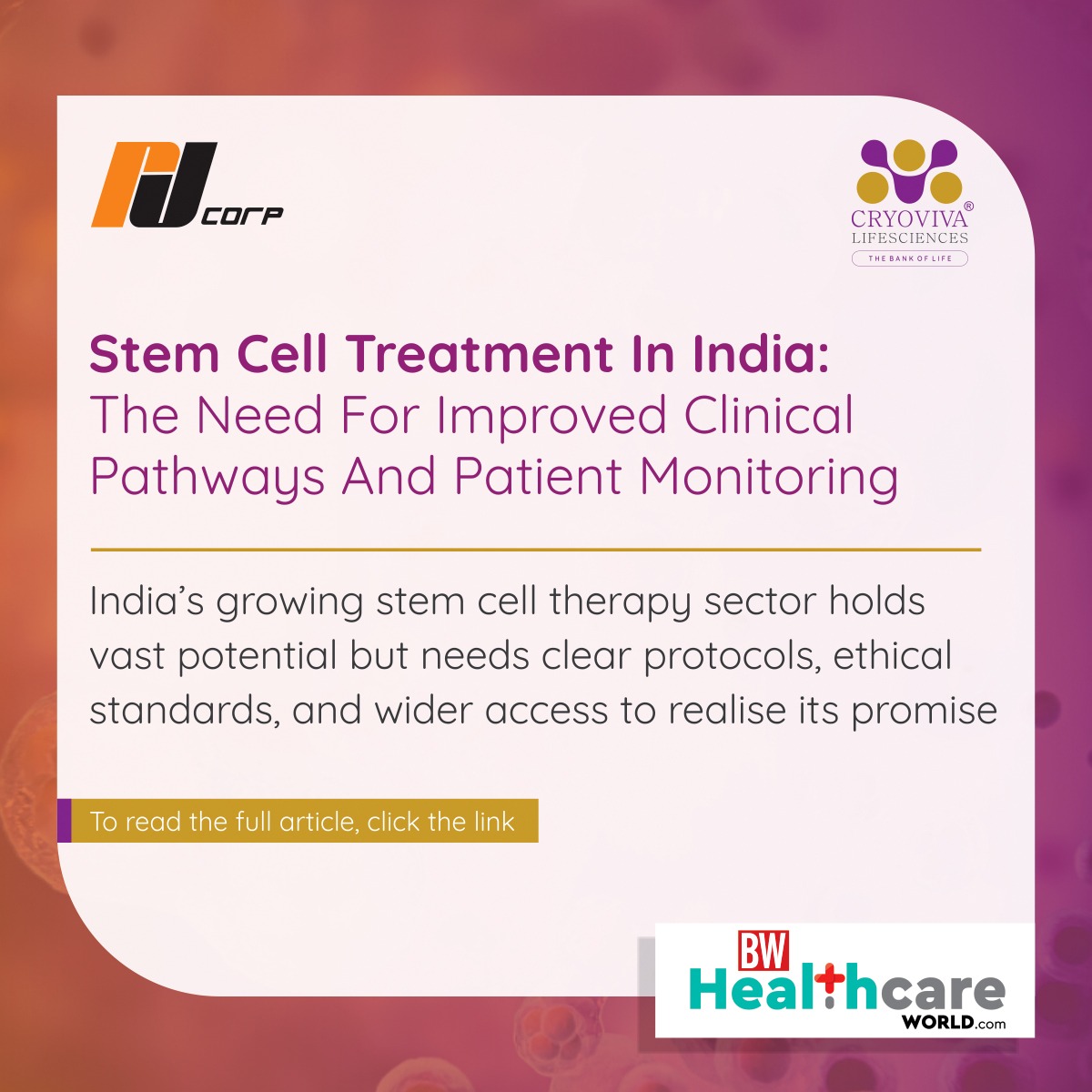Why More Indian Parents are Choosing Stem Cell Banking

Medical science has advanced greatly over the past several decades, with advances in stem cell technology being among the most exciting. In India, more and more parents are having their children’s stem cells preserved because of the enormous benefits it offers. Understanding the advantages of preserving stem cells—stem cell banking—begins by understanding what makes these cells so special.
What are stem cells?
So, what are stem cells? These cells are unique because they have two important properties. Firstly, they can make more cells that are like themselves. Secondly, through differentiation, they can become like other cells that perform different functions.
Stem cell banks in India and globally collect and preserve cells extracted from umbilical cord blood. The cells are extracted shortly after birth, usually between 10 and 15 minutes, to increase the volume of blood collected and reduce the risk of clotting.
Stem cell banks preserve Hematopoietic Stem Cells (HSC), which play a part in treating blood and immune system disorders. HSCs can become different types of blood cells, including red and white blood cells and platelets.
Why are families choosing to preserve stem cells?
In India, hundreds of thousands of families have chosen to preserve their newborn child’s stem cells in banks. The reasons are easy to understand. Stem cells can be used to treat over 80 life-threatening diseases and disorders. They can help treat blood disorders, cancers, genetic diseases, and immune system disorders. Should a patient undergo chemotherapy, stem cells can be used to rebuild the immune system and be used in place of a bone marrow transplant.
Since a baby’s stem cells are extracted from an umbilical cord during birth, they’ll always be a perfect match for the child, eliminating the need to find a suitable donor or the need for anti-rejection drugs. Another advantage of preserving stem cells is that they can be used to treat other family members. For instance, there’s a 25% chance that a baby’s stem cells will be a perfect match for a sibling.
Benefits of umbilical stem cells
Umbilical cord stem cells also have far greater therapeutic potential than stem cells from other sources, like bone marrow. Unlike bone marrow stem cells, which are mature, umbilical cord stem cells are young and active, meaning they can differentiate or become other types of cells faster. That’s because umbilical cord stem cells are immunologically naïve, not having been exposed to the outside environment, which would make them more susceptible to infection.
These are just a few advantages of preserving stem cells. Crucially, by preserving stem cells today, families ensure that they benefit from medical advances that unlock new treatments using stem cells.
Benefiting from scientific progress
“Today, there are many life-saving benefits behind preserving stem cells, but because science doesn’t stand still, the best lies ahead. There is promising research that indicates that stem cells may be used to treat neurological conditions, including autism, stroke, cerebral palsy, anoxic and traumatic brain injury, and to treat diabetes, arthritis, and repair muscles”, adds Upamannyue Roy Choudhury, CEO, India Business, Cryoviva Life Sciences.
He also said, “Hence, for Indian families, stem cells serve as a lasting gift for their children. These cells can be preserved for 20 years, and with the onward march of scientific progress, potentially even longer. Preserving a baby’s stem cells today guards against many life-threatening diseases, even after a baby grows into adulthood.”
Article reference: https://www.healthcareradius.in/features/wellness/stem-cell-banking






 Enquiry
Enquiry
 Email
Email Phone
Phone
 Whatsapp
Whatsapp